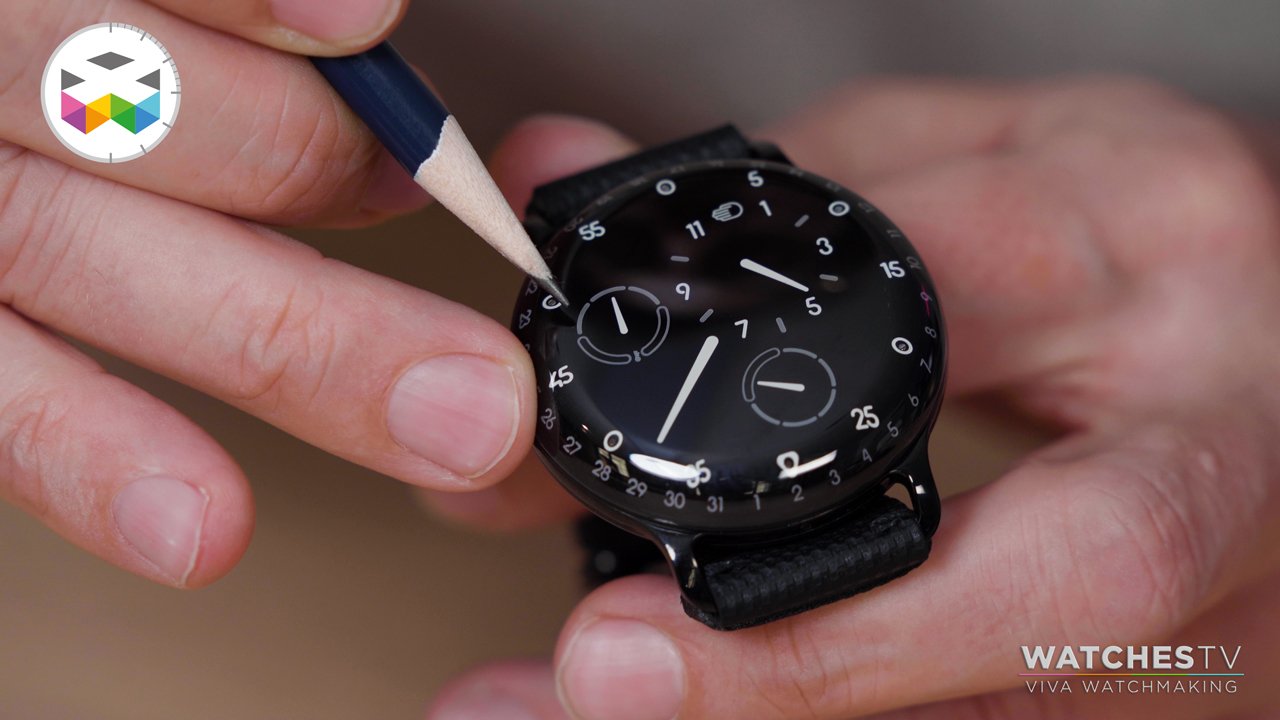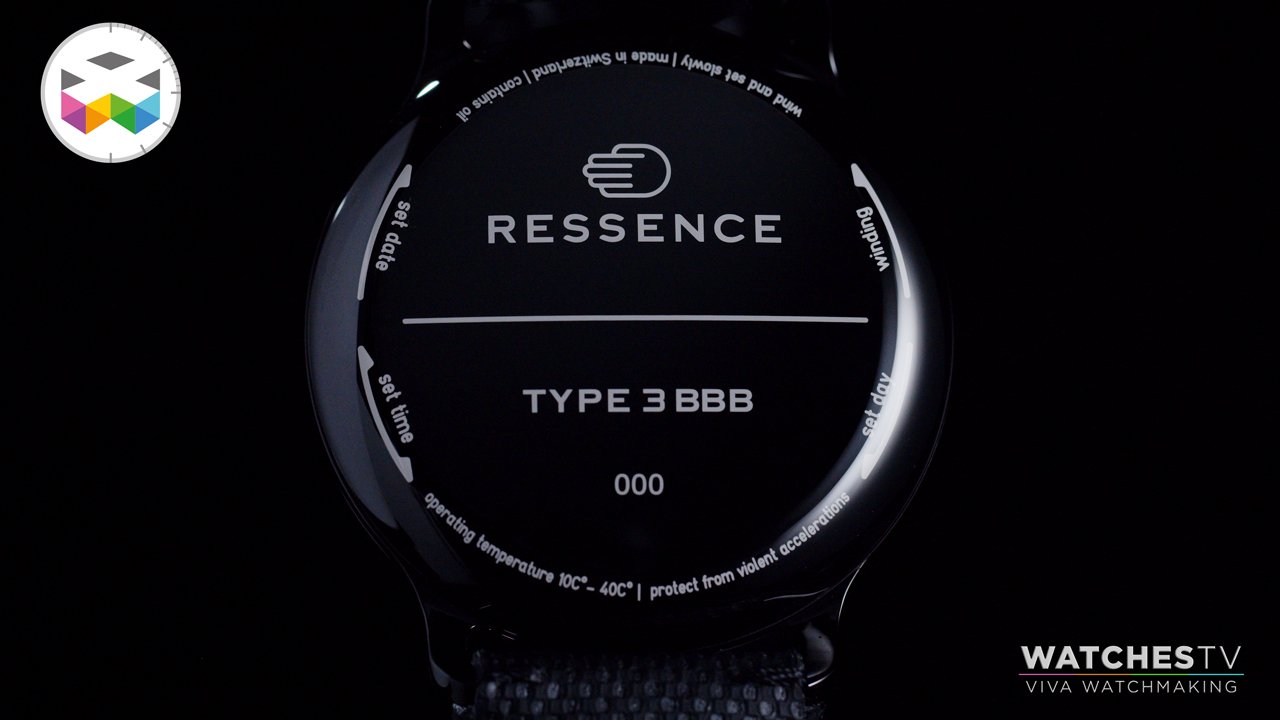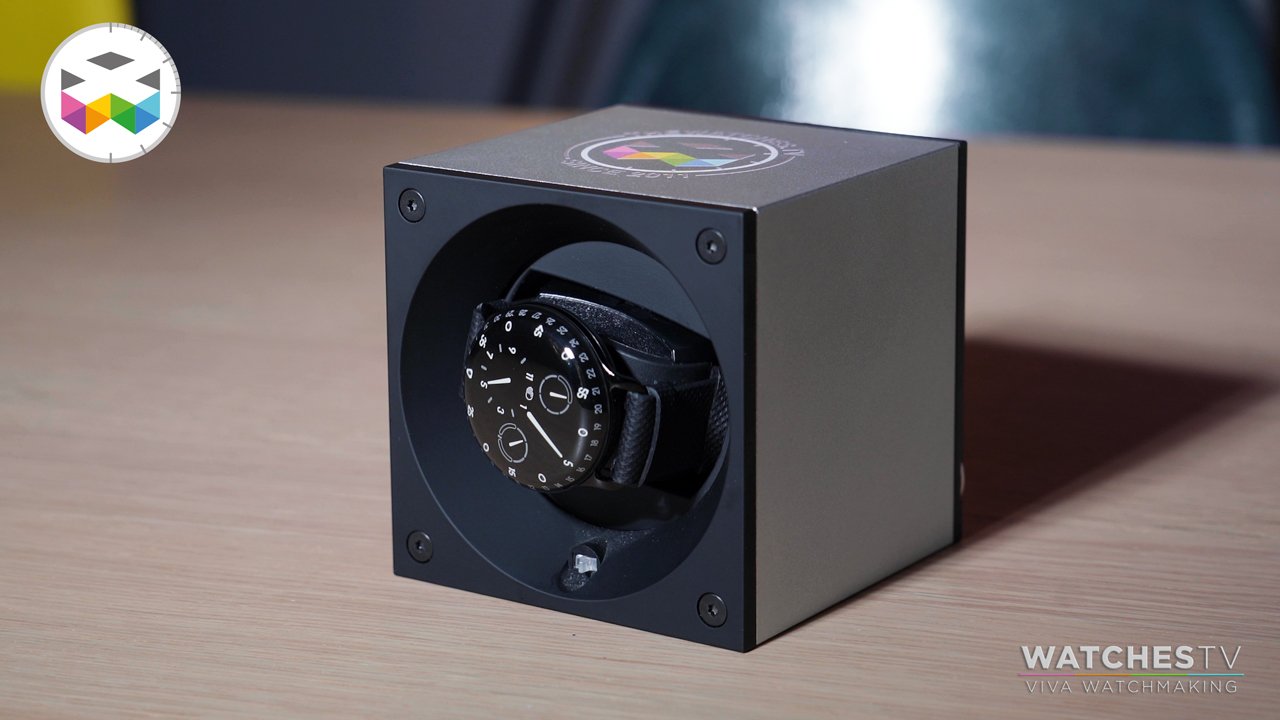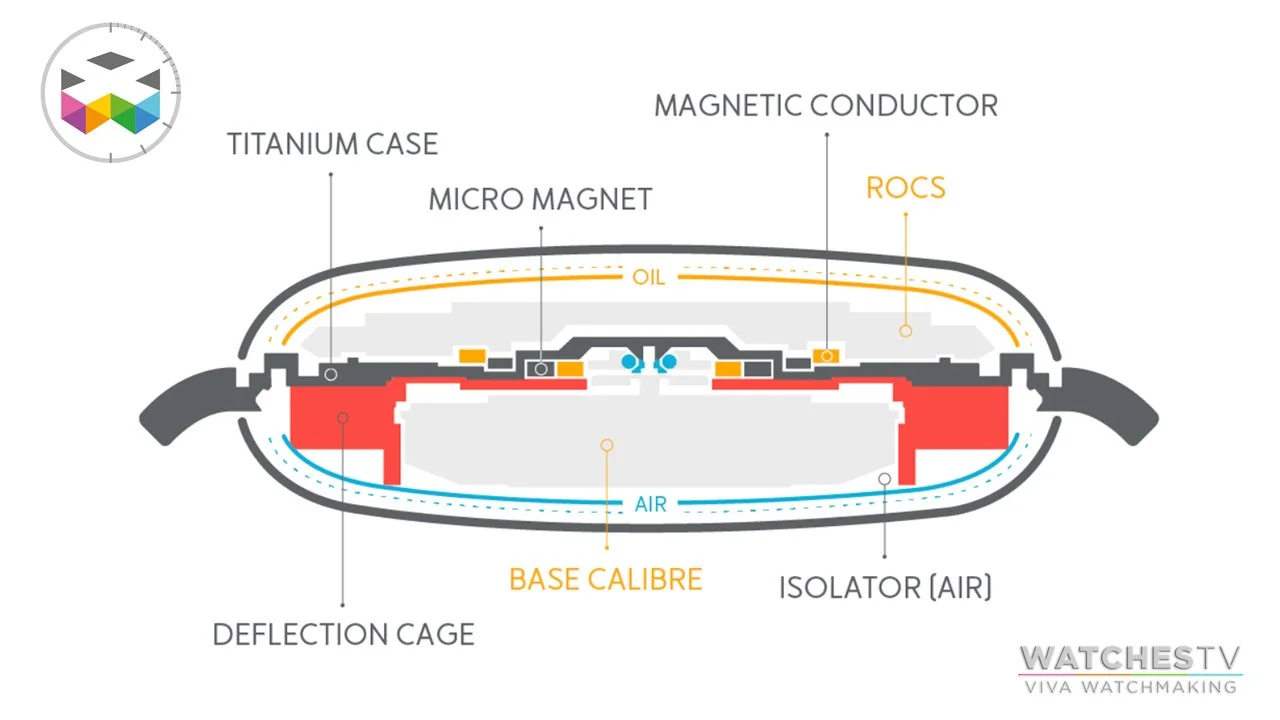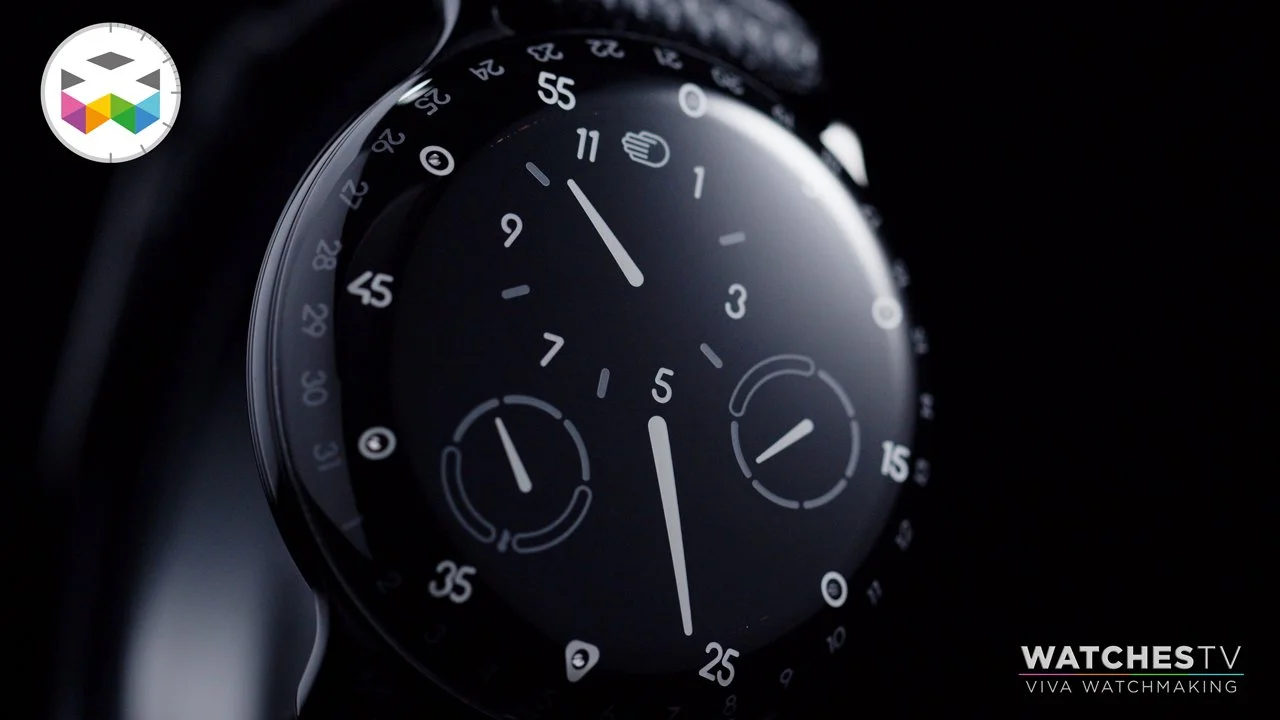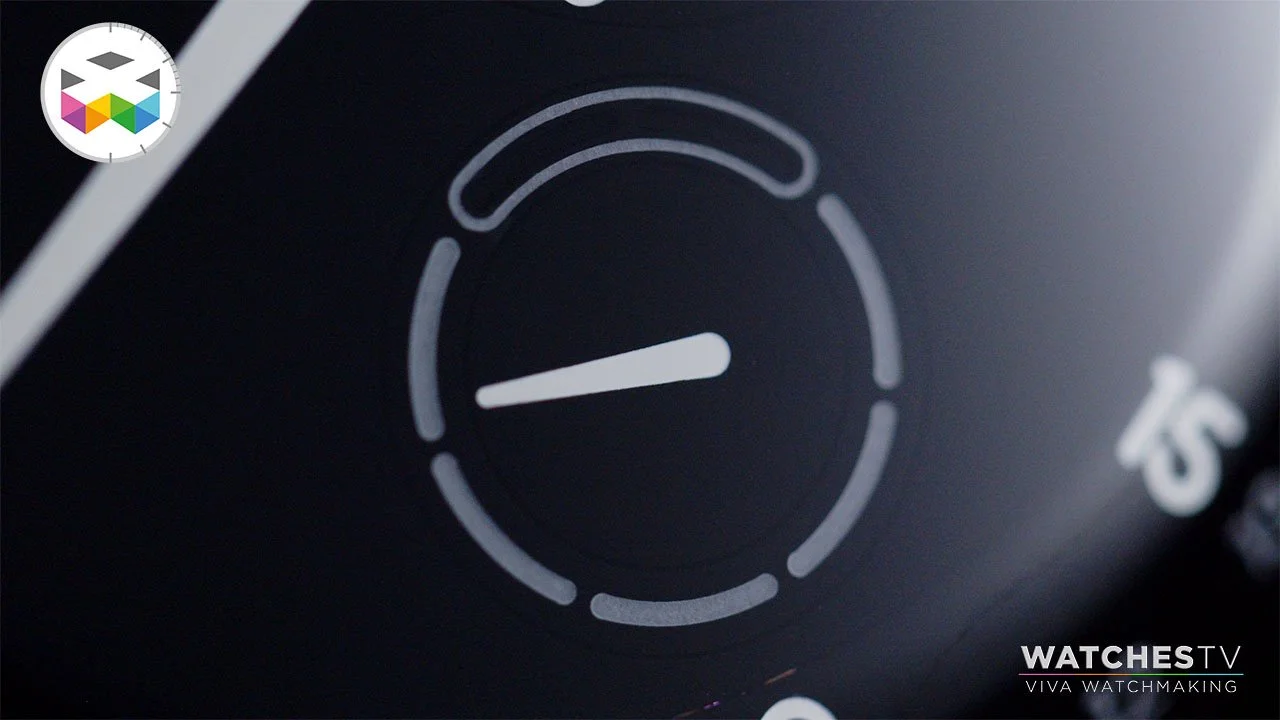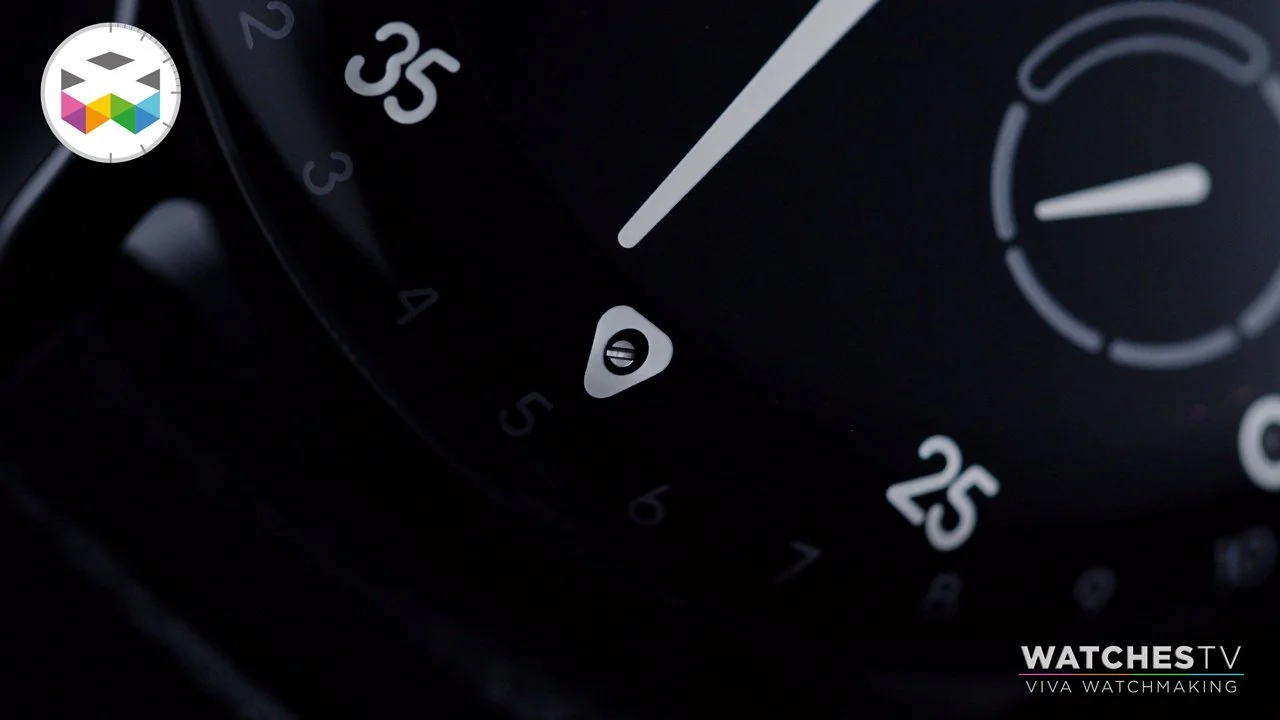Introducing: Ressence Type 3 BBB
A Two Dimensional Pebble.
The Type 3 BBB. So it’s not a totally new watch per se, but they’ve pushed the design dimension of the Type 3 with a two-tone minimalist approach and we’ll get to this in a short while, but since we haven’t talked too often of Ressence timepieces on this channel, well it’s the perfect occasion to come back on their main particularities, both esthetically and mechanically.
Ressence was founded by Benoit Mintiens, a Belgium designer, not a watchmaker and this is probably the main reason why he and his team have been able to come up with their very own way of expressing time first revealed in 2010.
First of all, Ressence watches are made of two distinct parts when we speak about their mechanism. So if you look at the watch on its flank, below the middle case part, this is where you will find the mechanical automatic movement, in this case an ETA 2824/2, meaning a well-proven workhorse.
Obviously the complexity of this watch doesn’t reside in this base movement, it’s really what is happening on the upper part where the magic happens triggering all those time-telling animations because as you can see everything moves on the dial side and I’ll describe all this in a sec.
But what you have to realize is that this entire upper part is immersed in oil.
So if I take this decomposed part, here you see the case’s middle part made out of Grade 5 titanium but actually, that is the only element maintaining the rigidity of the watch since on top of it you will find this domed sapphire glass filled with oil and more or less the same glass on the bottom but since it’s fully blackened one could think it is metallic and this element is extremely important because it’s with this case back that we will wind and set the watch since you have no apparent crown
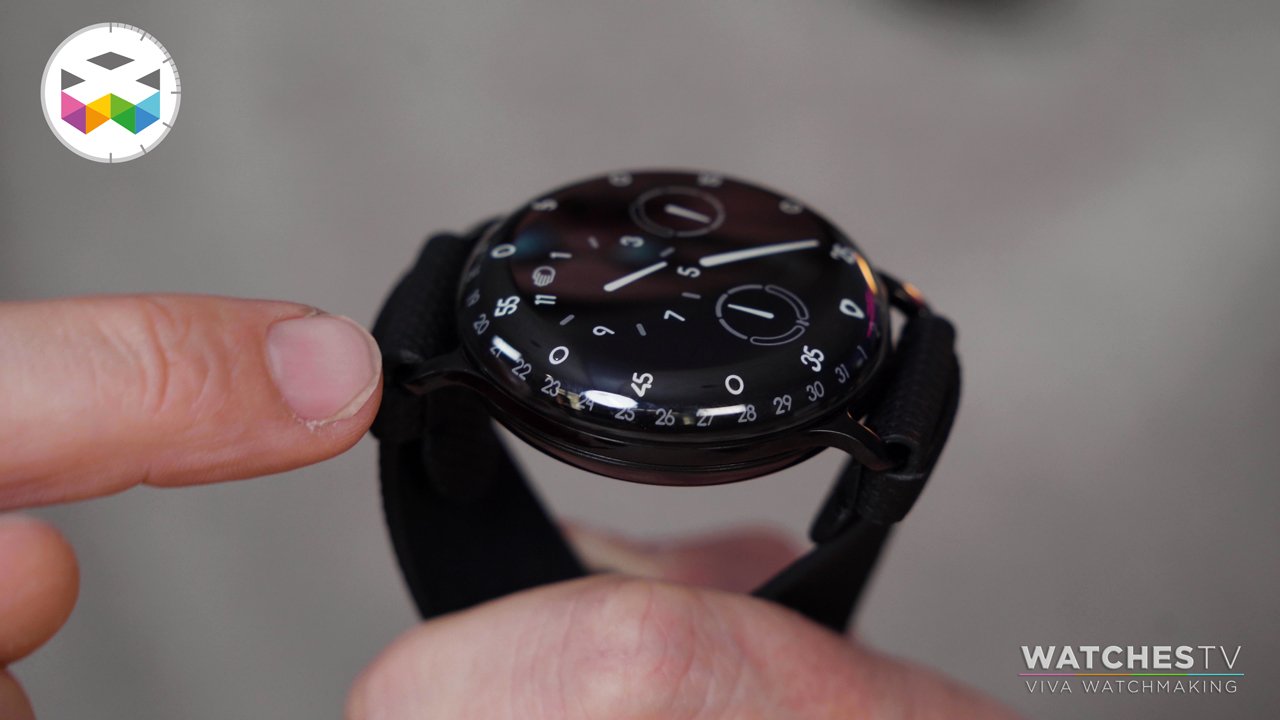
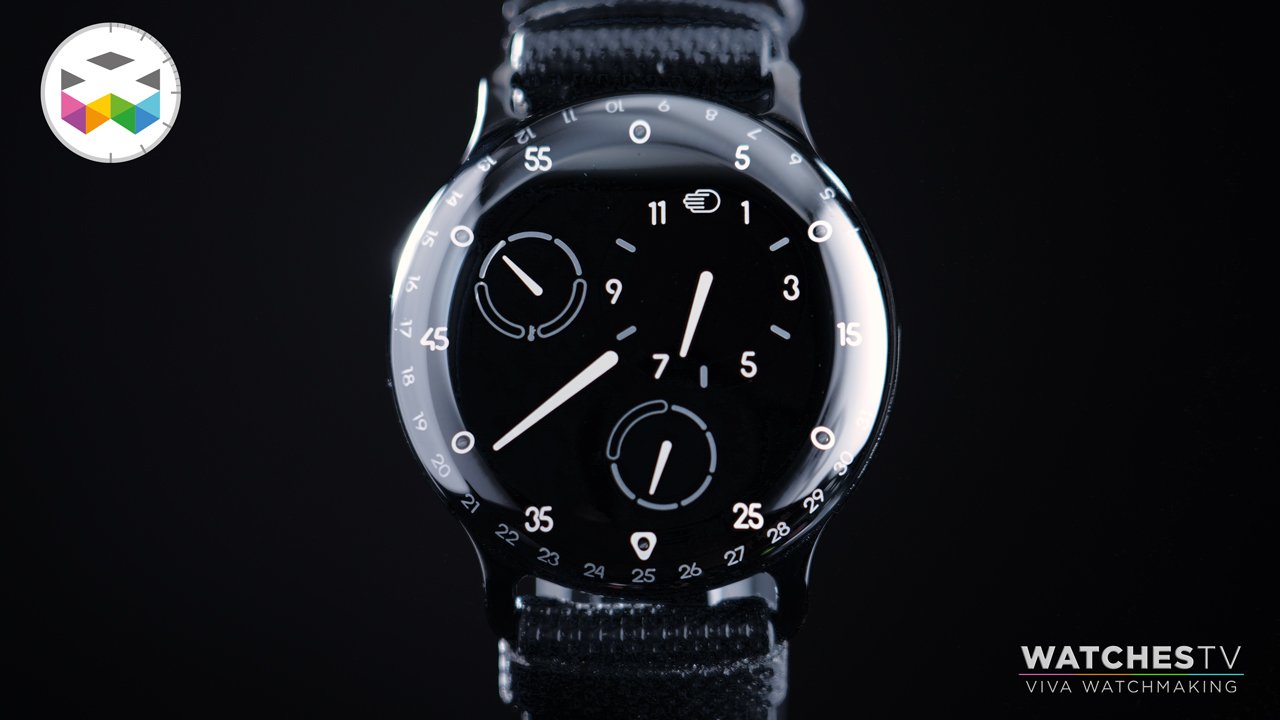
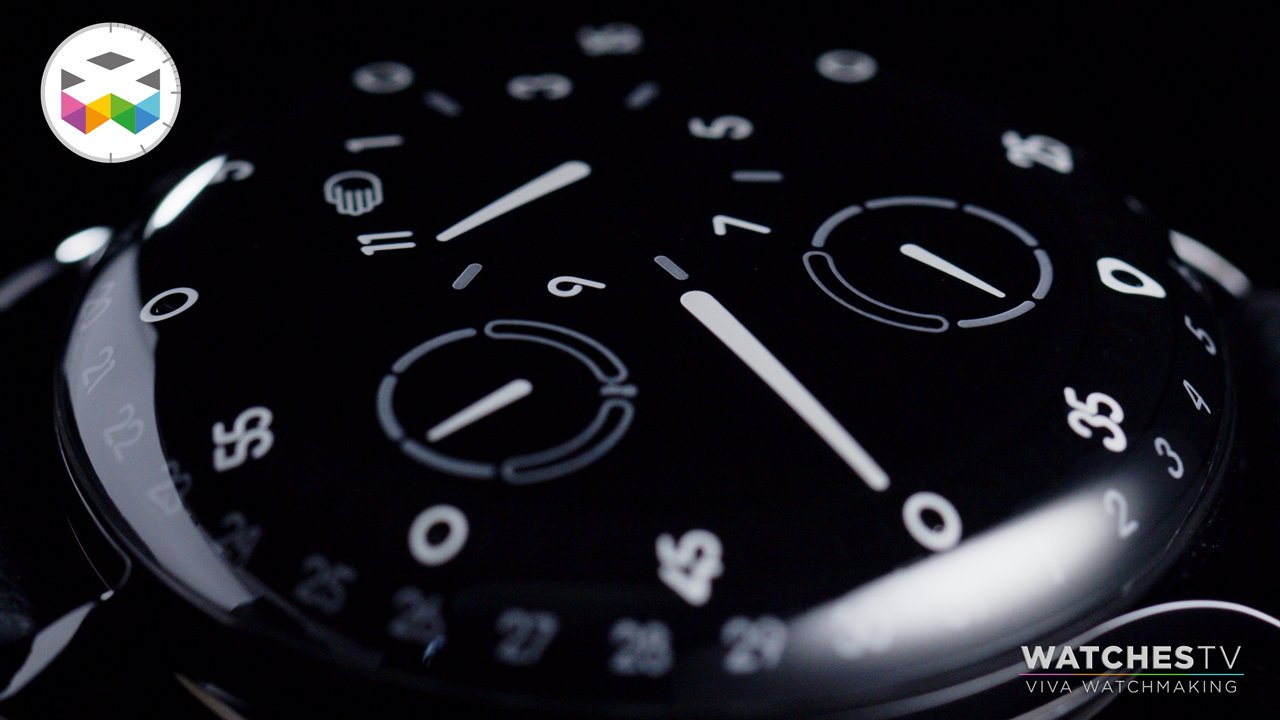
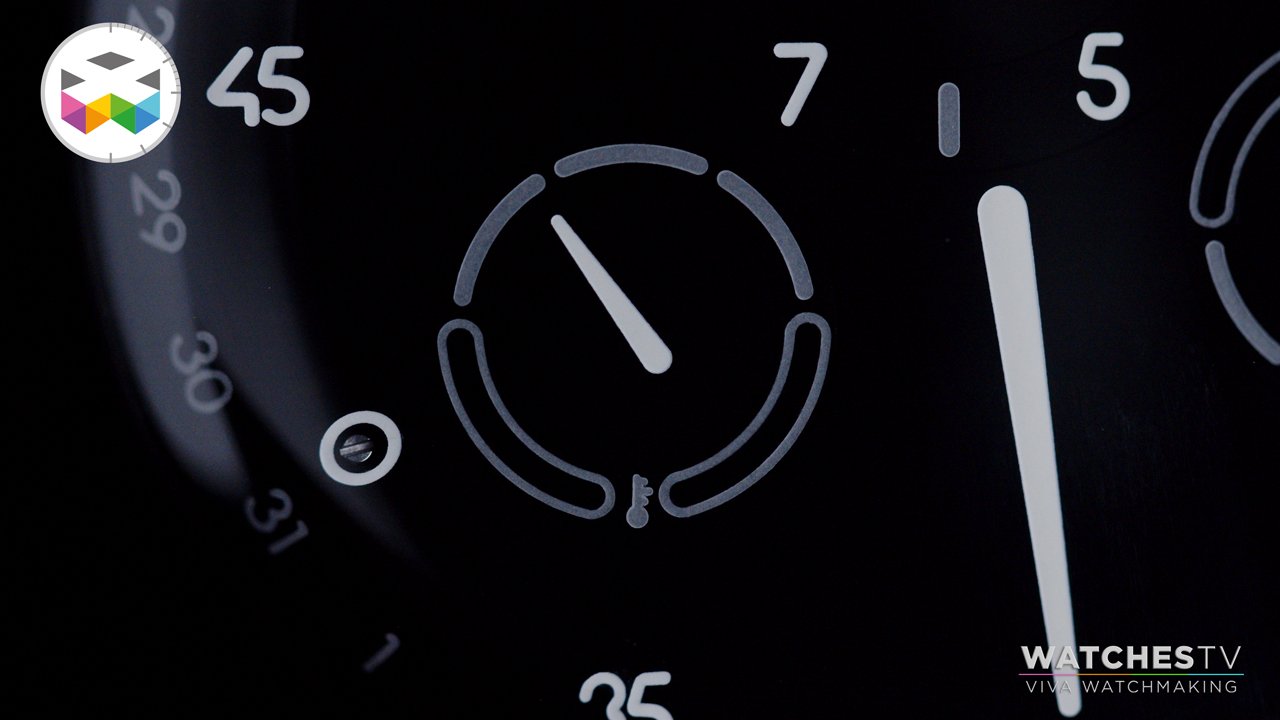
So to summarize things, normal mechanical movement below working in an air environment, a hermetic titanium membrane/case in the middle and then another set of complex gear trains on the upper part moving the various time indication disks and all this fully soaked in oil, from the membrane up to the sapphire dome and there is no space for any air bubble.
How is this information “transferred” to the upper part since there is no mechanical connection between top and bottom?
This is achieved through a magnetic connection and on top of the minute wheel you will find a specially developed component with magnets facing one way in order to not upset the proper functioning of the watch, in particular its hairspring and on the other side, the oily side, you will find a similar component “recuperating” the kinetic information and passing it on to this proprietary development called the ROCS and standing for Ressence Orbital Convex System.
The characteristics of the oil has a huge effect on light reflection and it really seems like you’re looking at a 2D drawing.
Ok, let me explain very quickly how you read the time and in a certain way there is a bit of a regulator aspect to it, with this central minute hands, but unlike any ordinary regulators, the hour subdial moves around the central axis in 60 minutes but 12 o’clock always remains at this vertical position where you can see the Ressence logo.
You don’t have a seconds indication but just for info on previous Type 3 models you could see what they call a runner turning on itself in 3 minutes and the point of this small indicator was more to have a visual aide showing you that the watch is running.
But with this new version, this information has been removed or actually hasn’t been made visible again with the desire of freeing visual space and sticking with this strict minimalist approach I was referring to.
You have a day indication with the 5 days of the week, Monday, Tuesday, Wednesday, Thursday, Friday and the weekend being represented by a larger portion of the subdial and this makes it easy to adapt to any type of weekends, whether starting Saturday or Friday for others.
You also have a date function with the pointer at 6 o’clock indicating the actual date.
Then you have a special feature, not a direct chronometrical one, but one that will give you the oil temperature and the normal operating temperatures are set between 10 and 40 degrees Celsius.
The checklist and respect the following order; set the AM/PM info, then the time, then the date, and finally the day.
But please keep in mind that you should not set the date between 8pm and 1am (you will find the whole tutorial in the video min 10:)
